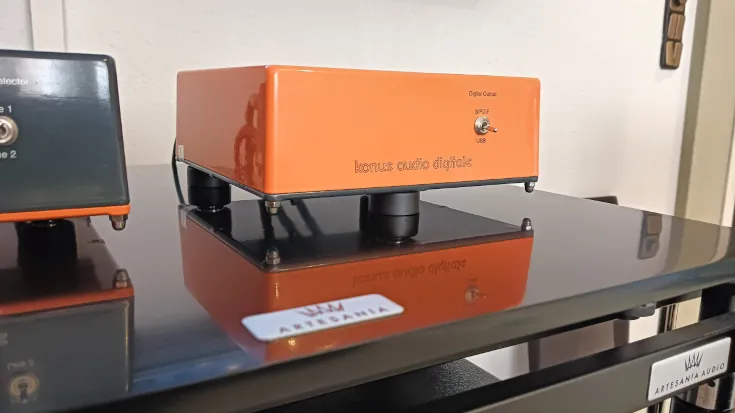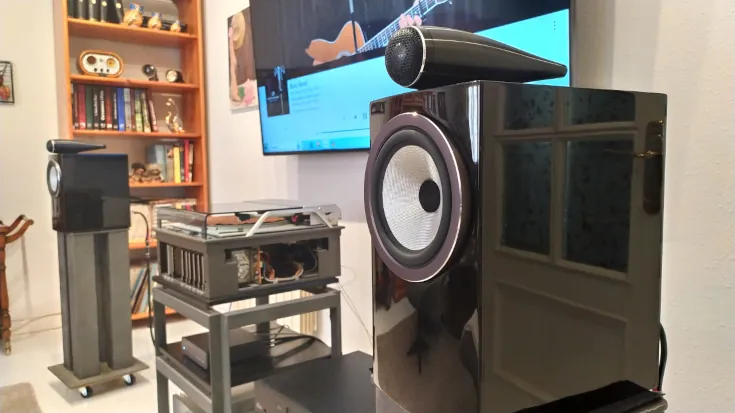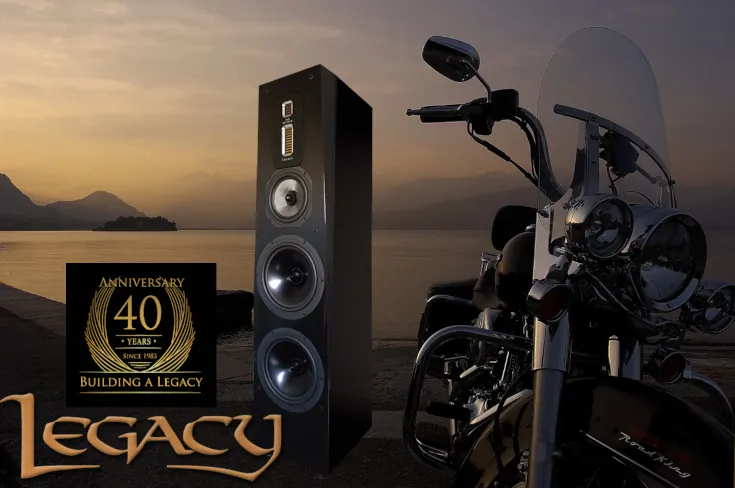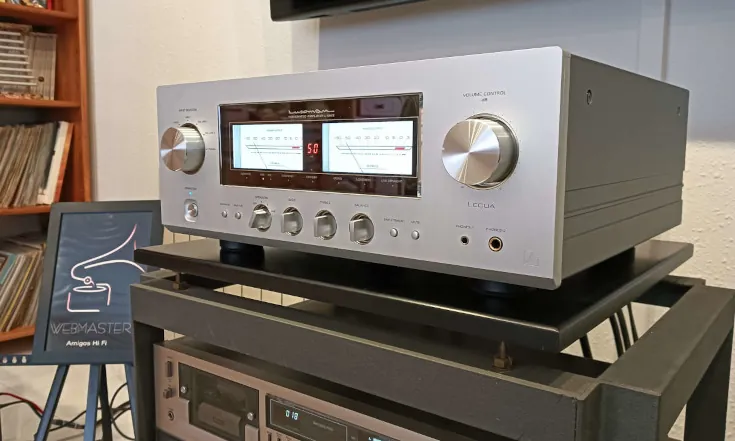
At an informal meeting at ISE Barcelona, the head of marketing for Spain and Portugal promised me lots of new products from Cambridge Audio for this year. And she didn't disappoint. In just over a month since our chat, the British company has unveiled two network servers (streamers), the AXN10 and MXN10, and the black version of its CX series. Considering that we've only just started the year, that's not bad at all.
Focusing solely on network servers, I have to say that, initially, I didn't quite understand their philosophy. Two devices with identical internal configurations, without any variation whatsoever, are only distinguished from each other by the size of the component, with the AXN10 being the hi-fi standard (43 cm wide) and the MXN10 being the compact version (21.5 cm wide).
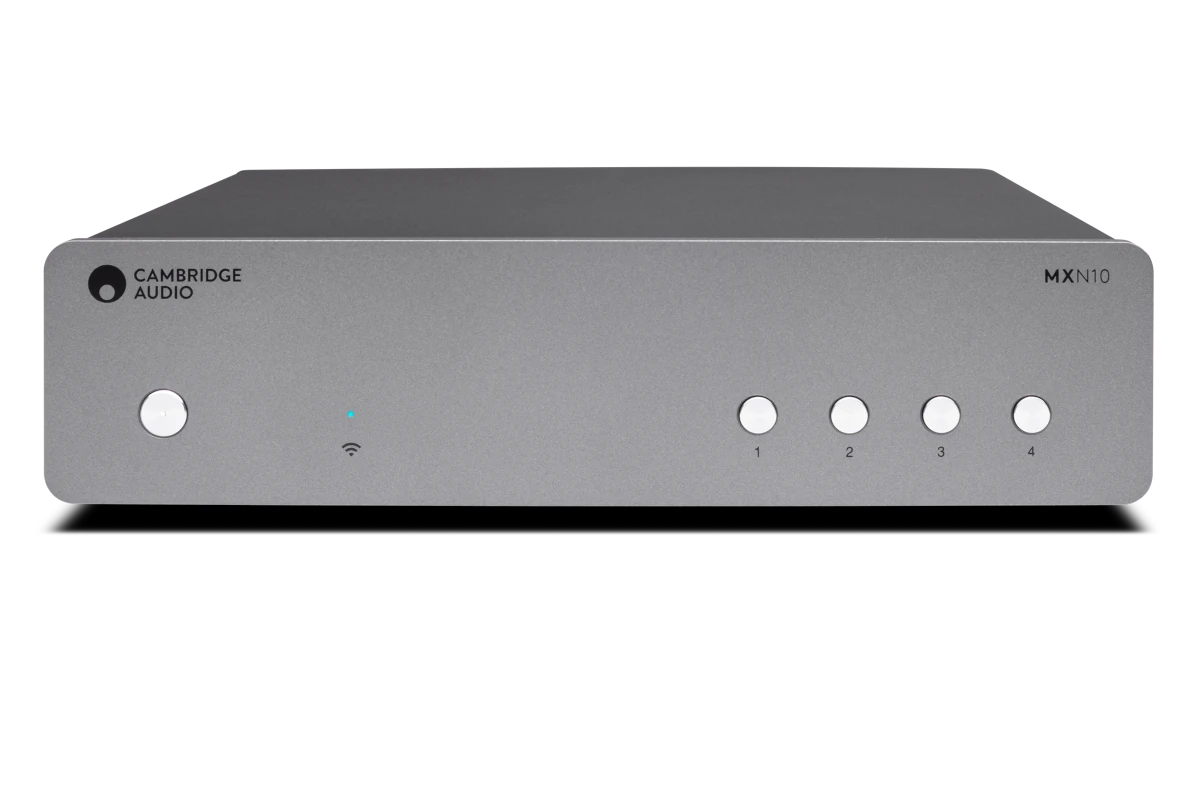
If we view this information to the launch of the CX version in black we already have a much clearer picture of C.A.'s plans for the future: to create devices that fit perfectly, like a glove, with the customer's system design, whether it is a dedicated or casual system. Where aesthetics or location become paramount.
In other words, if we are devoted lovers of the sound offered by the British manufacturer, but its main brand color, lunar gray, does not match the rest of the system, being able to choose black, for example, may be a good option. Will there be more colors or finishes? Will we see the EDGE series in black?
MXN10 under review
Visually, it reminds me in many ways of the DacMagic 200M, although it is completely different. The confusion between DACs and network servers is quite widespread. Nowadays, however, there is more and more knowledge about this, and we are leaving this problem behind us. Like almost everything else these days, after connecting the cables, we have to go to the app and configure the different types of streaming services available to us. To carry out these tests, I used Tidal, Deezer, Qobuz, and Roon. I also connected a hard drive to my home network. This took me just over 5 minutes and I had everything up and running.
Taking advantage of the fact that it has no screen, its energy consumption is so low that it never needs to be disconnected, leaving it on Stand By as the best option. It can be managed from its main app, the well-known StreamMagic, or from any of the music platform's proprietary apps, making it completely transparent to use.
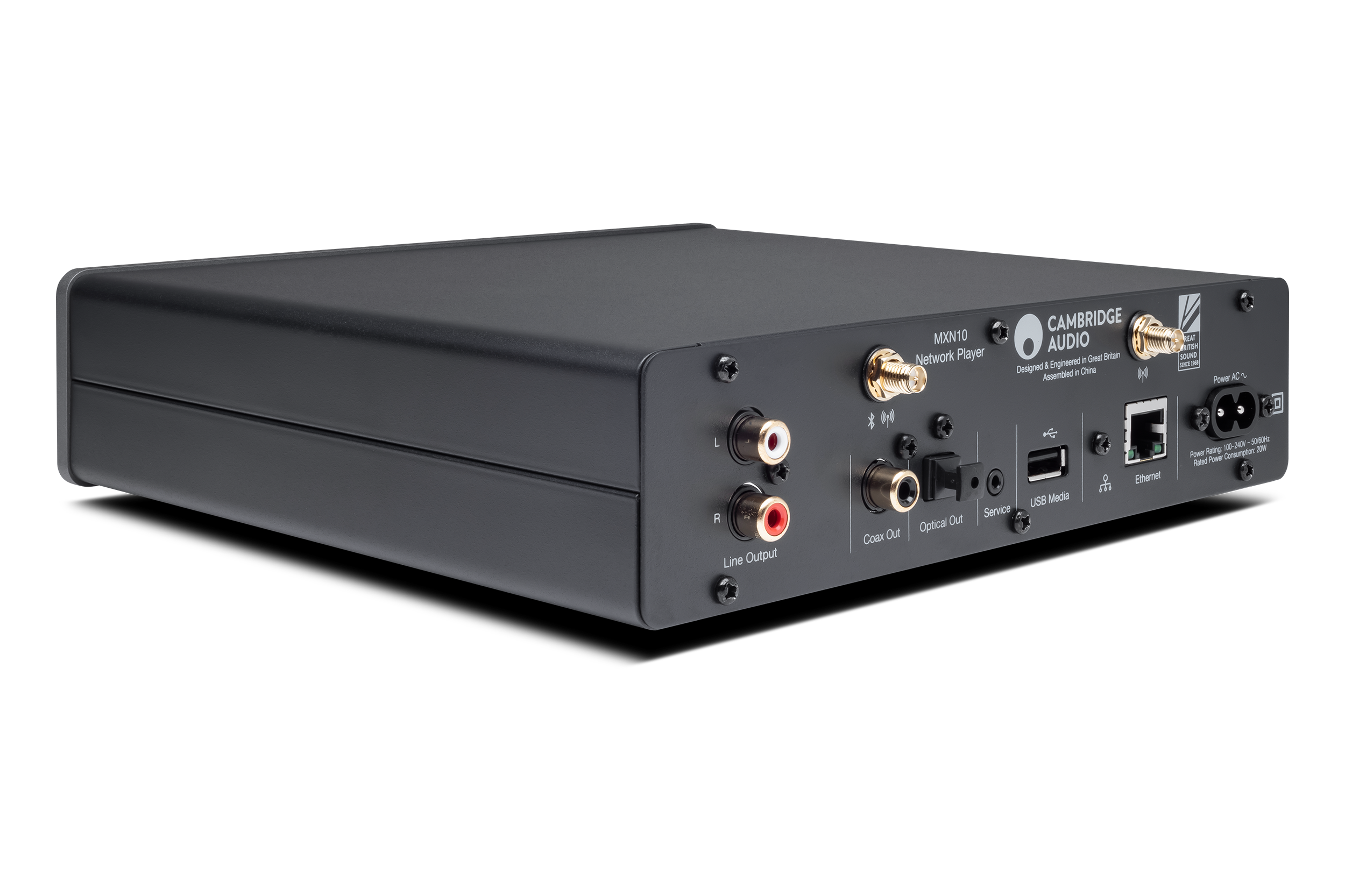
Using a network server from a music content manager and streaming platform manager, such as Roon, may be unusual, but at the same time it is perfectly compatible, as it is a Roon Ready product in every sense of the definition.
ESS Sabre ES9033Q
So far, I've talked about lighter topics, but now let's get into the more technical stuff. The integrated component that the MXN10 uses to perform one of its primary functions is the ESS Sabre ES9033Q DAC. According to the company that manufactures and designs it, it is considered one of the three most modern DACs in the "audiophile" category. This company distinguishes its products between PRO, AUDIOPHILE, and GENERAL. A clear statement of intent.
Among the features that have caught my attention the most is the fact that it does not need an external pulse generator to maintain the frequency, as it has one built in, eliminating possible timing errors to the extreme. According to the technical specifications, this DAC offers recording studio quality and is a 32-bit, two-channel device. It supports up to PCM 768kHz and DSD512. Considering that this integrated device was only created two years ago, on April 5, 2021, and that its latest revision was on April 20, 2022, and that it is already available at a very affordable price on the Cambridge Audio network server, it can only be described as a complete success.
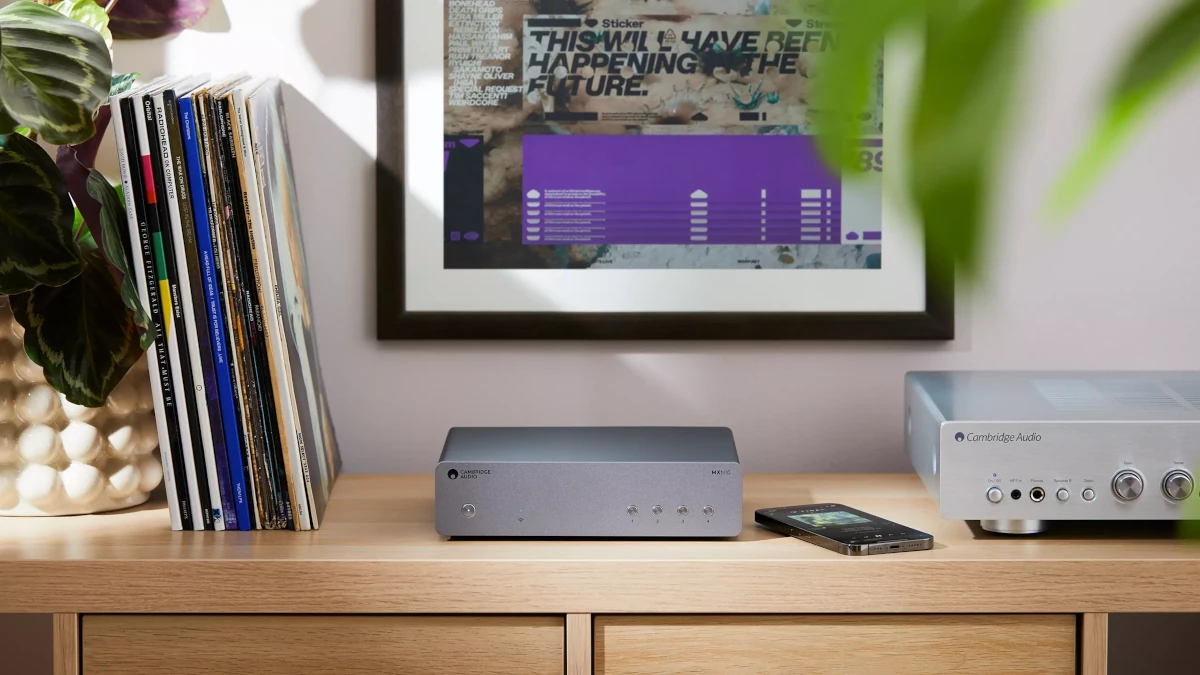
StreamMagic Gen4
This module is shared with the EVO 75 and EVO 150 from Cambridge Audio. It is responsible for managing the network server functions themselves. Through the app of the same name, it manages the device and all its functions. I would say, without fear of being too bold, that these two components are the true heart of the system and that the rest is just accessories. And when you consider that it is shared with two of the most award-winning integrated amplifiers (AIO) on the market, that says it all.
System operation
The MXN10 does not have a remote control. I have mentioned many times that this guest in our homes for years would gradually disappear, and so it is. Mobile phones and tablets are the new remote controls. I advise all readers to read this article where, apart from writing about another device,
It has four buttons with preselectable functions. In my case, I have programmed radio stations and access to playlists. I mention this in another article dedicated to online radio stations.
We will select the music from the chosen platform and transfer the music output to the server, which, connected to the amplifier, will do the rest of the magic. And if our amplifier is modern, we can also control the volume from our mobile phone or tablet, so there is no need for a remote control. For these tests, I used the Bow Technologies WAZoo XL, but I also have the Cambridge Audio EVO 150. If I had used the latter, the music system would have turned on and off 100% automatically.
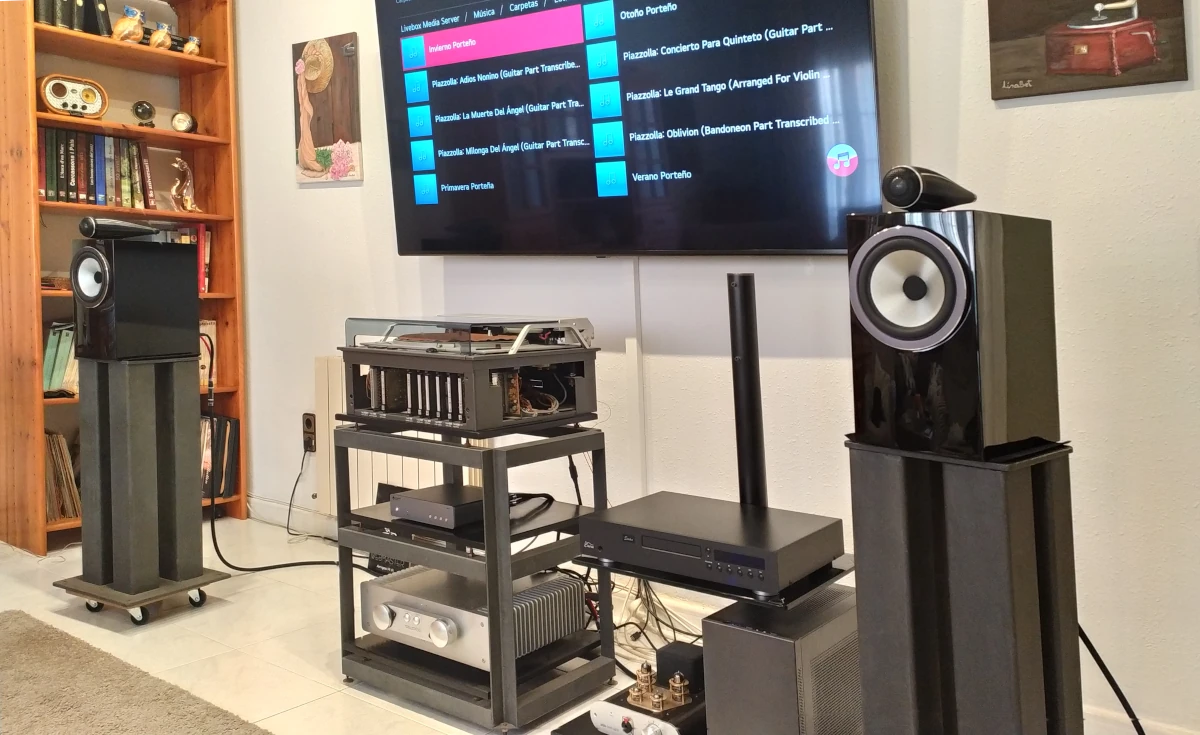
Equipment used in testing
»Sound source:
» Cambridge Audio MXN10 (streaming server)
» Roon Labs on dedicated PC.<
»Power amplification:
»Bow Technologies WAZOO XL.
»Speakers:
»Bowers & Wilkins 705 S3.
»Cables:
» Wires4Music for wiring:
» Horus Hybrid RCA interconnect
»Evolution in speakers and electrical network
» Custom rack
Modern and old
I did most of the analysis with the Bowers & Wilkins 705 S3. It would be unethical on my part to have them and not use them to get the most out of our guest's sound. And all the experiences I am going to share with you are based on listening to them. But I wanted to experience the mix of the latest technology with 40-year-old speakers, the Epicure 3.0. For those who don't know them, they are closed speakers. They need a lot of power in terms of electrical intensity to move. Nowadays, we are not used to hearing things like this.
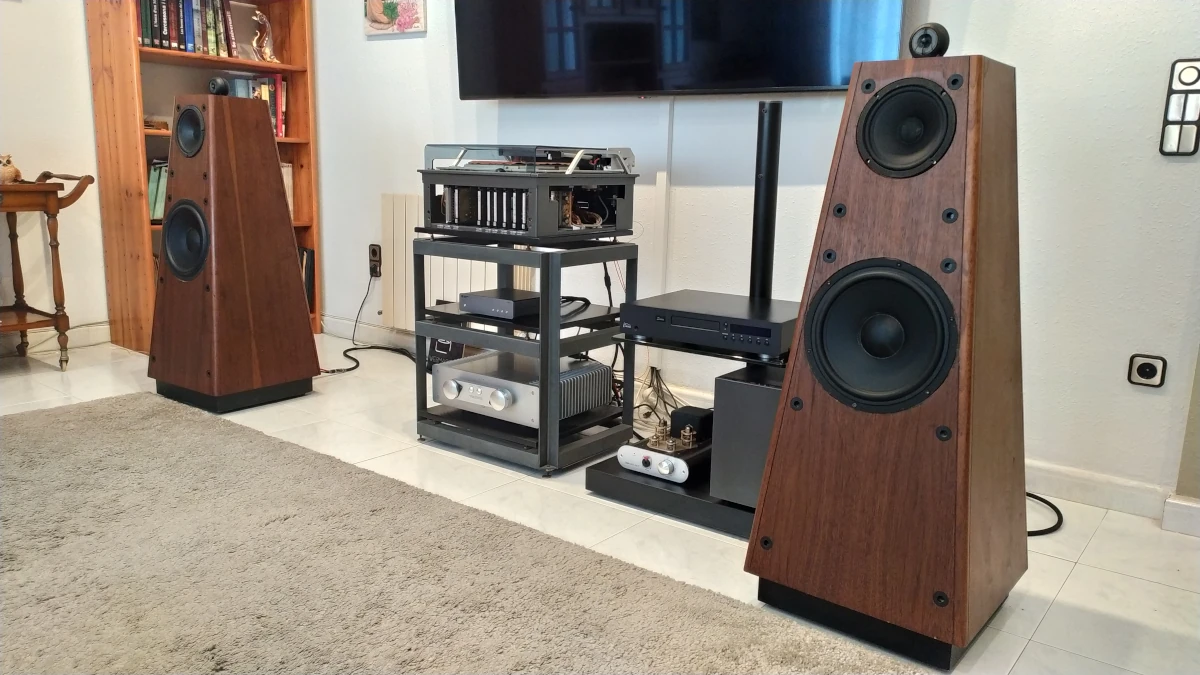

Back
Plácido Domingo on vocals and Pablo Sainz-Villegas on guitar take a musical tour of the best-known songs of Latin America. With exceptional recording of the tracks, the two main instruments, voice and guitar, take center stage, with the accompanying orchestra providing just the right tone and volume to ensure that the two "tenors" are in the spotlight. It is one of my current albums for testing the sound expression capabilities of systems in the mid-high range. And it has scored very highly. The high-pitched strumming of the strings contrasts dramatically with the deep sound of the guitar's soundboard. This is where we have to use all five senses to understand, hear, and enjoy the lower frequencies without exaggeration or distortion.
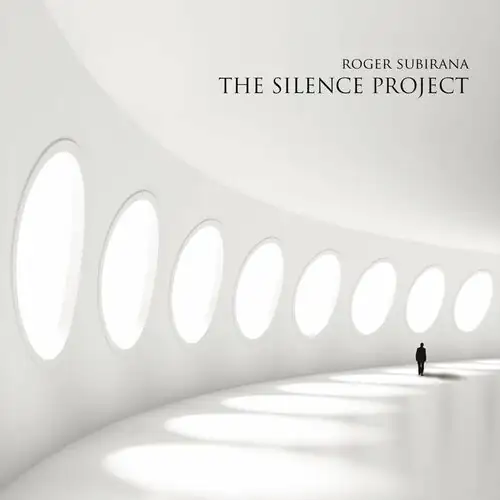
The Silence Project
In his latest composition, eclectic Catalan musician Roger Subirana has created a world of sound where you can immerse yourself in the depths and let yourself go. You don't have to analyze or evaluate, just let yourself go and experience the universe, the musical experience that completely envelops you. His music is so complex to define that some platforms classify it as New Age and others as Classical. New World Symphony, the main theme, immerses you in your own fantasy and brings out your feelings, not those of the author. I say this with all sincerity because I am fortunate enough to be his friend, and at the first private listening, prior to its release and with two versions, the track release and the mastered version, we couldn't agree on the mood it created.
As an anecdote, he is a respected musician with millions of followers in China and walks around his hometown with complete peace of mind.

Conclusions
I have used the MXN10 interchangeably, both as a network server and as a network DAC, compatible with Roon. The complexity of the digital world means that we may not have all the components in the same place for aesthetic reasons, so you always have to consider all the possible options. From an installation point of view, transparency could be defined with the typical computer phrase "plug and play." The process is so simple that you might make the mistake of underestimating it, but that's not the case at all, folks.
The ESS Sabre ES9033Q is a chip with immense capacity, of which I have only mentioned a fraction of its power, but its direct line output avoids having to add circuitry to the system that may or may not improve the final result, providing reliable quality straight from the factory. It also has 8 integrated digital filters. I haven't been able to find any information on how they are pre-configured by Cambridge Audio, but the interesting thing is that they are there, in the microchip.
In terms of sound, the result is brilliant, especially with high-resolution files from a personal server or from the Qobuz platform. For the retail price, it should become a bestseller for the company.
| Manufacturer's Website | Cambridge Audio |
| Distributor's website | Cambridge Audio |
| Price | €499 |
| Technical Specifications | View |
| User Manual | View |
More review
-
Kii Audio Three, the master key to sound (2)

Intelligent DSP correction allows us to achieve a phase response that is identical to the original...
-
Diapason Karis III, the audio jewel
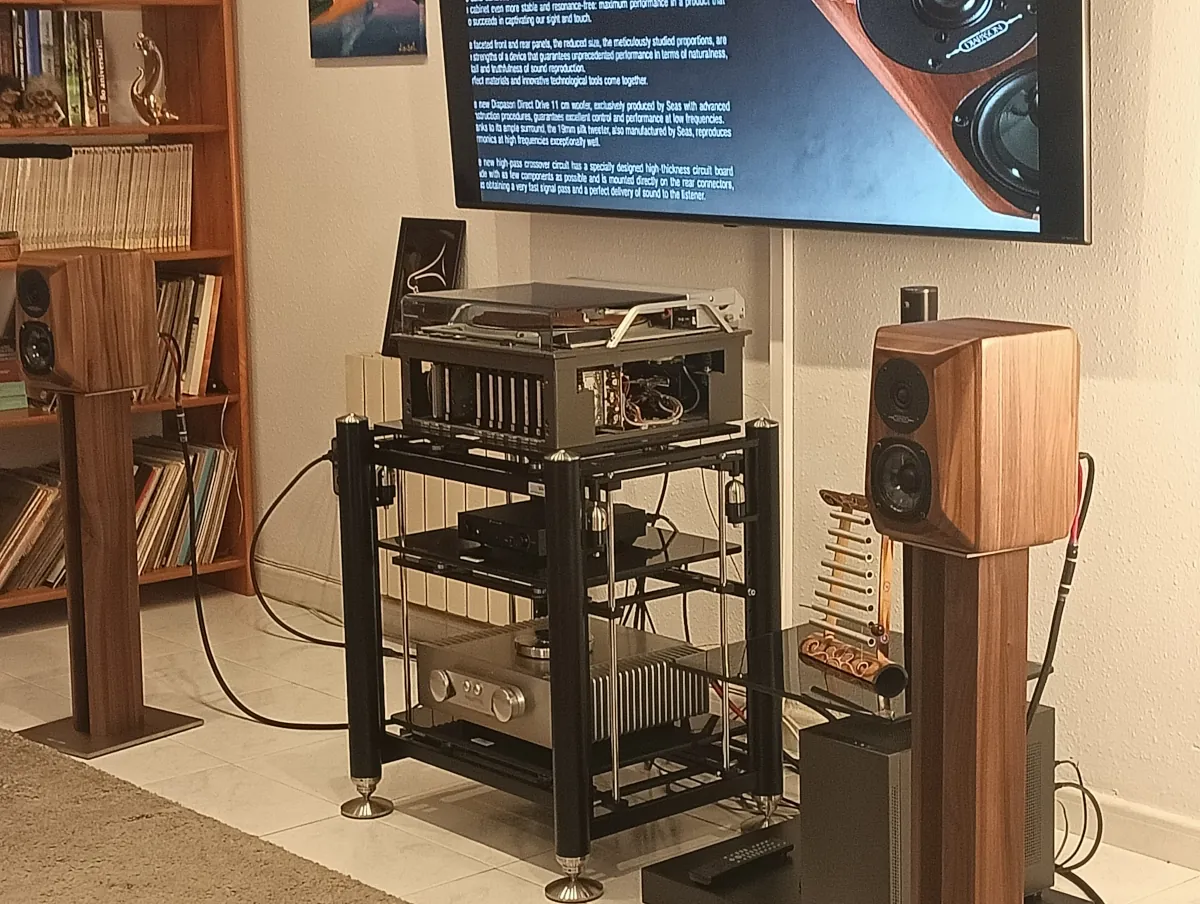
And hovering over everything, the voice that came from the heavens, and that from time to time...
-
iFi Audio Uno, the young DAC

It has staked everything on sound clarity, sharpness, and detail, leaving aside the dreaded Booster.









